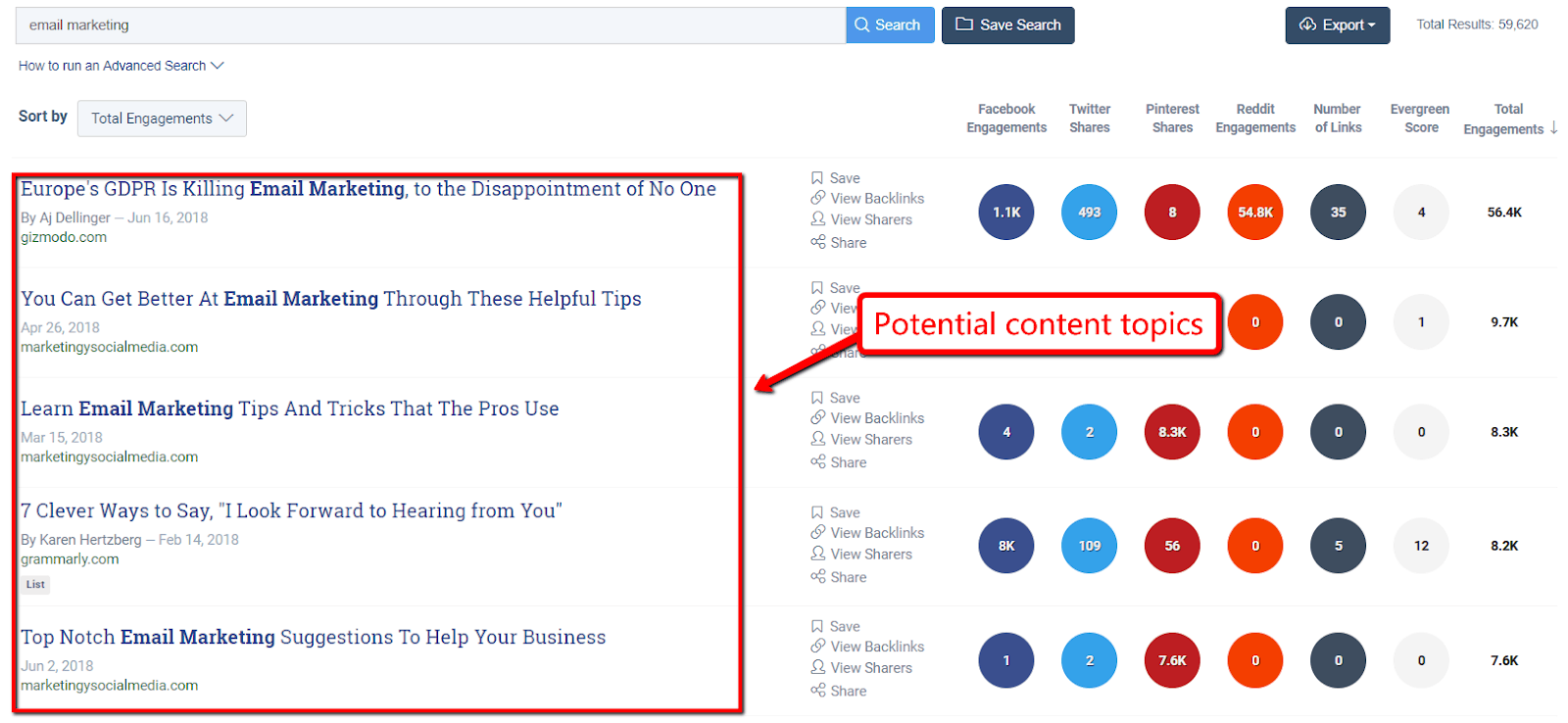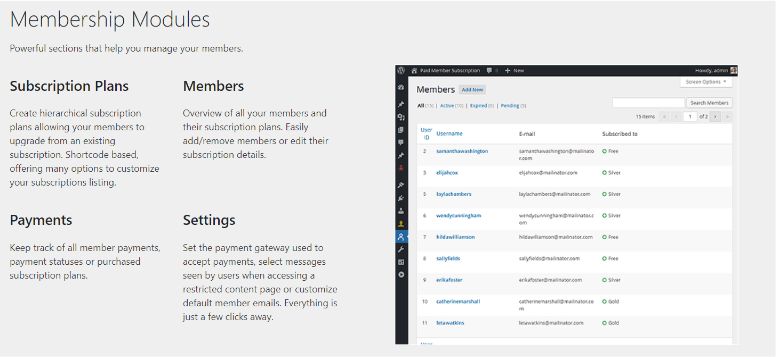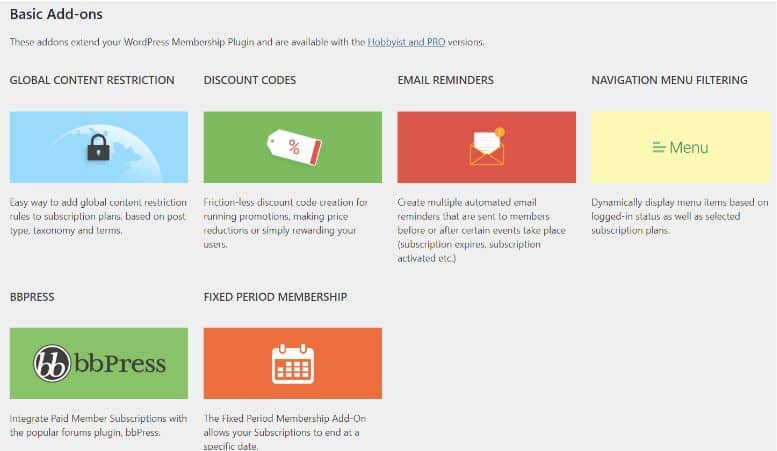Leveraging Knowledge Commerce to Establish Your Brand
While it’s undeniable that quality content is the bread and butter of any online marketing strategy, your brand’s authority is the other key to cutting through the content noise and being heard by your target audience.
Do you have any idea how much quality content is chucked into the internet’s whirlwind of information? How can you develop a strategy that will make your content stand out, and help raise your brand’s credibility as an information source?
This is where knowledge commerce comes in, understanding that people are more likely to value what they pay for.
What is Knowledge Commerce?
In simple terms, knowledge commerce involves practices that monetize information. It’s spearheaded by the booming e-learning industry, which pertains to institutions and countless independent brands that offer education for a price.
Aside from boosting your authority and earning your target audience’s trust, a successful knowledge commerce campaign can also be a reliable source of passive income.
An online course is perhaps the most popular commodity in the knowledge commerce landscape. It’s really no different than a regular class except for the fact that it’s done online — often through live webinars or pre-recorded video materials.
Today, you can find dozens of online course solutions like Kajabi and Teachable that will give your knowledge commerce endeavor a running start. But if you’d rather forego convenience and have total control over every aspect of your campaign, you may use your existing website as the platform for your premium content, or even develop your own online community through a platform like SocialEngine.
Thanks to Harry Wilson and Jimmy Rodela for their written contributions to this article via the following four recommendations for helping you succeed in your own knowledge commerce efforts:
1. Start with Extensive Content Research
Whether or not you’re using paid solutions to speed things up, you need exhaustive content research to build the value of your paid content.
In terms of helping you understand more about which topics to cover, a content research tool like BuzzSumo can point you in the right direction. All it takes is a single seed keyword to find trending content from the web.

Just remember that, when developing your content topics, there’s no room for generic, boring information that your audience can find elsewhere for free. Every point should be refined and fully fleshed out.
You can guarantee this by testing out the strategies yourself, studying the results, and fine-tuning your content’s angle to align with your experiences.
If you can identify high-profile competitors that also offer paid content, another strategy is to repurpose their ideas into premium materials. This could be a lengthy eBook, a podcast, or anything that can be expounded into something more comprehensive.
2. Up Your Content Development Game
When developing your paid content, the bulk of your time will be spent researching and creating your offerings.
Suppose you want your premium content “products” to be in the form of an audiobook or just a long-form, article-based tutorial series. Your priority is to up your content development game and do everything in your power to make every piece top-notch.
This may mean hiring veteran freelance writers who can supply your campaign with coherent and engaging write-ups.
The gig economy is filled with a diverse pool of freelancers who are field-tested in writing different types of content — from eBooks to case studies. This means you can always fill any skill gaps if you want to explore other content types to keep your audience interested.
3. Set Up Your Paywall
Once you’re ready to publish your very first paid content, the next order of business is to set up your paywall.
This process would’ve been automated if you chose to work with an online course platform. But since you wanted to build from scratch, you’ll need to integrate a content restriction tool into your website.
As the name suggests, a content restriction tool prohibits non-registered users from accessing certain areas of your website.
Let’s say you used WordPress to build your website and develop your premium content. One of the tools you can use to set up your paywall is the Paid Member Subscriptions plugin.
After installing and activating the plugin, you can begin configuring your subscription plans, payment systems, and paywall settings — all in one place.

What makes Paid Member Subscriptions noteworthy is the set of add-ons you can use to make your subscription offers more appealing — from discount codes to automatic email notifications.

4. Build a Library of Free, SEO-Friendly Content
Finally, a lot of bootstrapped e-learning websites make the mistake of being tunnel-visioned on premium content.
Keep in mind that your target audience still needs a reason to trust your brand enough to pay for your premium content. That said, you shouldn’t forget to maintain the production of your free, high-quality content library.
Think of your free content as “teasers” that spark the interest of your leads and entice them to give your paid offerings a shot.
Besides, blog posts are still important if you want to attain higher search engine rankings. They are also crucial components of lead generation — funneling readers down the conversion path through compelling pieces that build their confidence.
You just need to sprinkle the free stuff with conversion elements that cleverly promote your paid content. This includes a CTA, internal links to your landing pages, and maybe even pop-ups with a discount offer.
In Summary
Knowledge commerce may be a new frontier to you, but there’s nothing to be nervous about.
If you already own an active blog, it’s essentially a matter of adjusting your content strategy and putting the select products up for sale.
With the strategies above, you should have a much clearer path on how to kickstart your knowledge commerce campaign. Go ahead and put your newly-acquired knowledge to action — it might be easier than you think!
If you have any suggestions, questions, or feedback regarding what you read, feel free to leave a comment below. Cheers!